5 Ways to Teach More Trauma-Informed Yoga Classes
During this time of immense collective grief, anxiety, and uncertainty, the tools of yoga and meditation can help support us in feeling more relaxed, confident, and resilient.
Teaching Trauma-Informed Yoga isn’t something we have to reserve for a special circumstance or population.
The fact is that 35% of women and 28% of men have experienced some level of physical or sexual violence. (RAINN) And 64% of adults in the US reported experiencing at least one Adverse Childhood Experience between 2011 & 2020. (CDC)
The MAJORITY of people that we meet on any given day have experienced something traumatic and could be carrying the weight of something they might never speak of.
Including more trauma conscious cueing, and or simple practices like incorporating gratitude or encouraging agency into your classes benefits EVERYONE, and oftentimes, is just good teaching.
I’m really grateful to have been given access to tools like this early on in my teaching career and now to be in a position to share this with others.
Here are 5 Ways to Teach More Trauma-Informed Yoga Classes
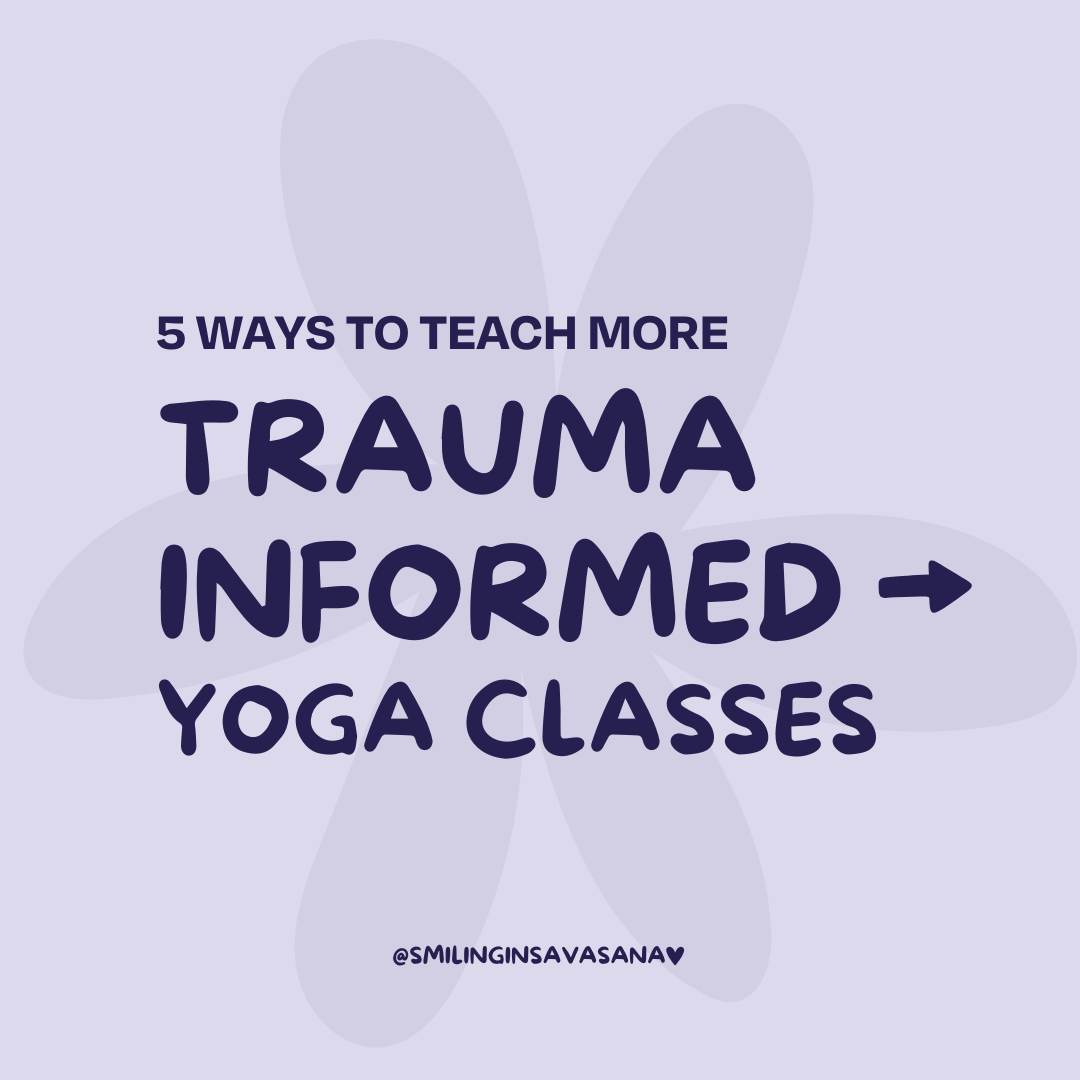
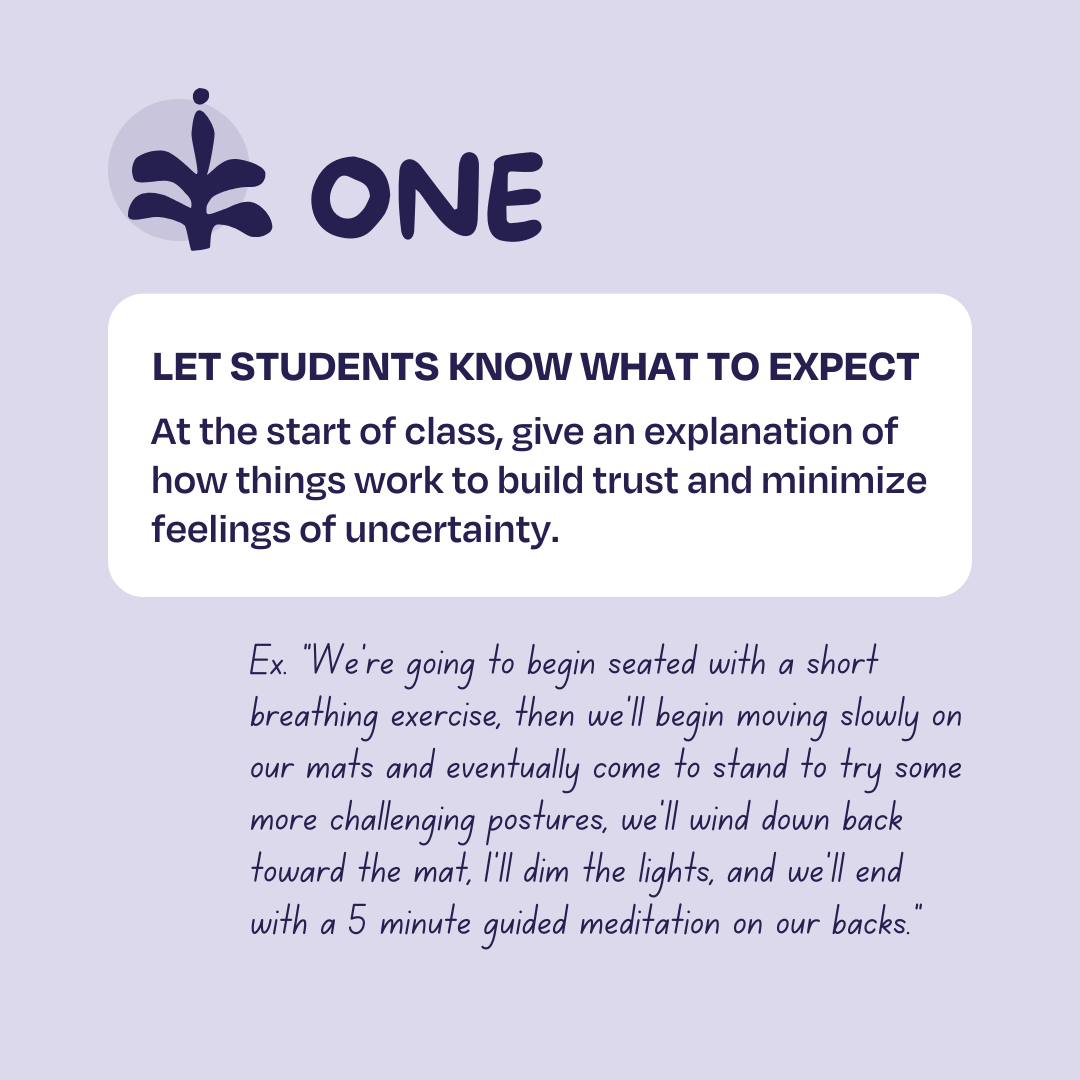
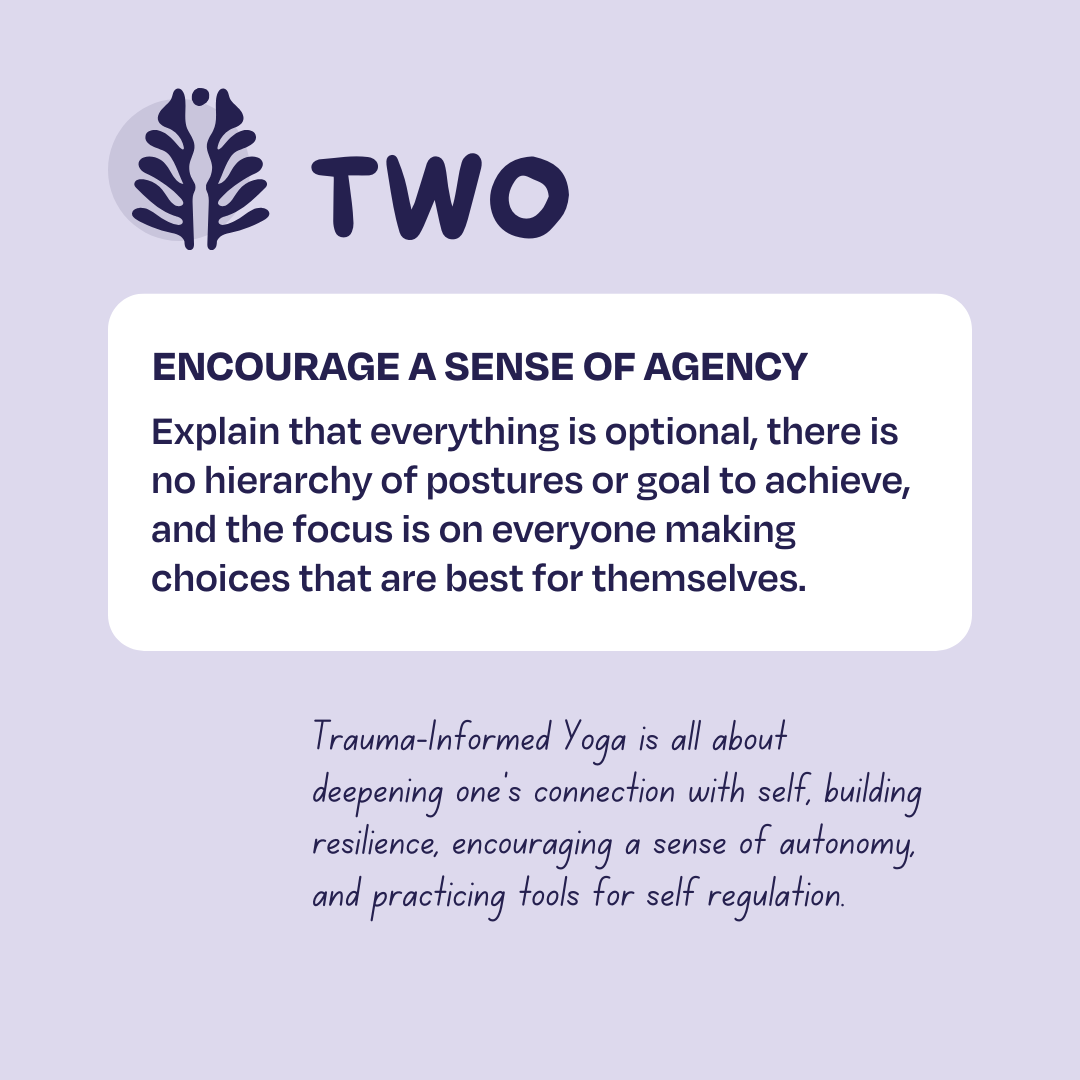
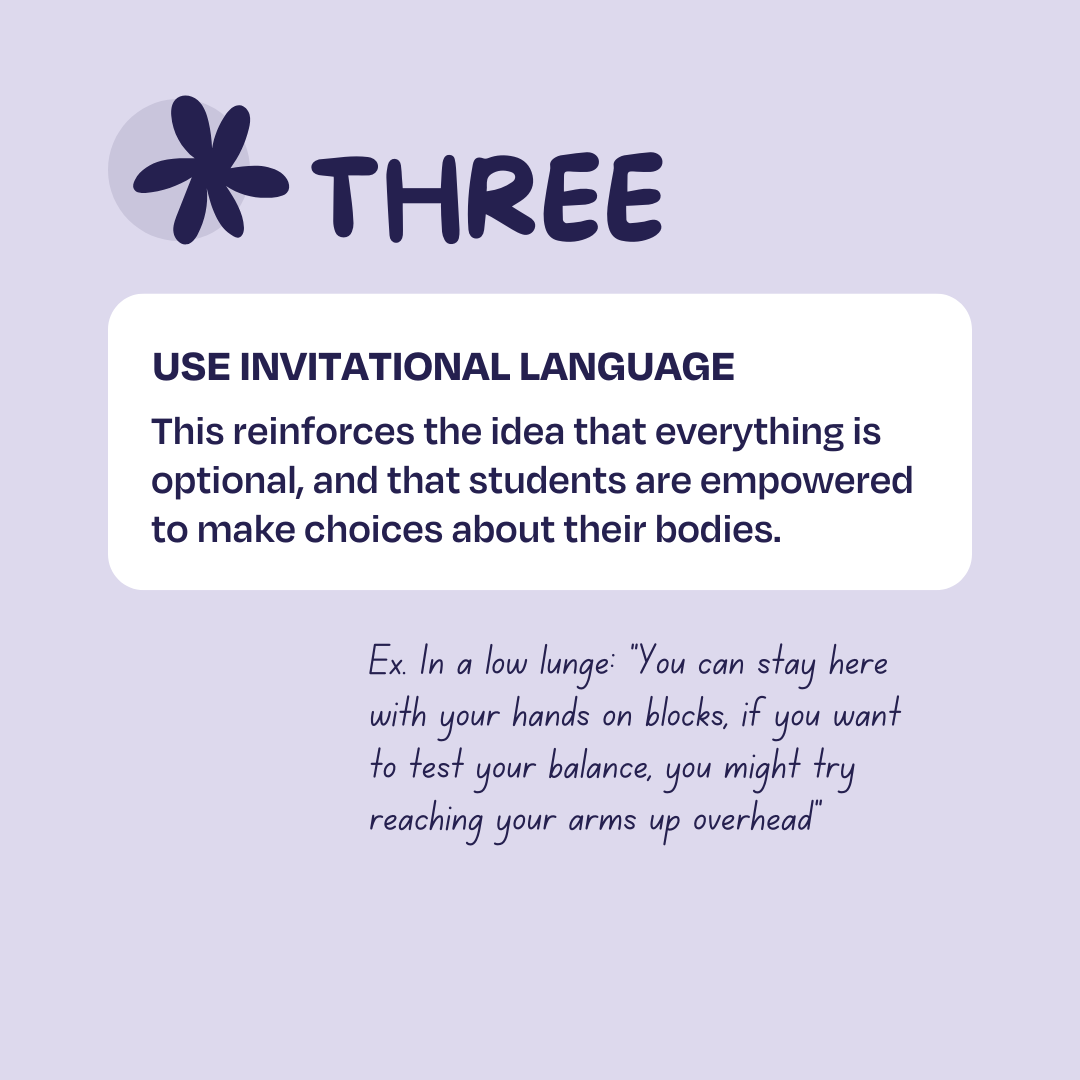
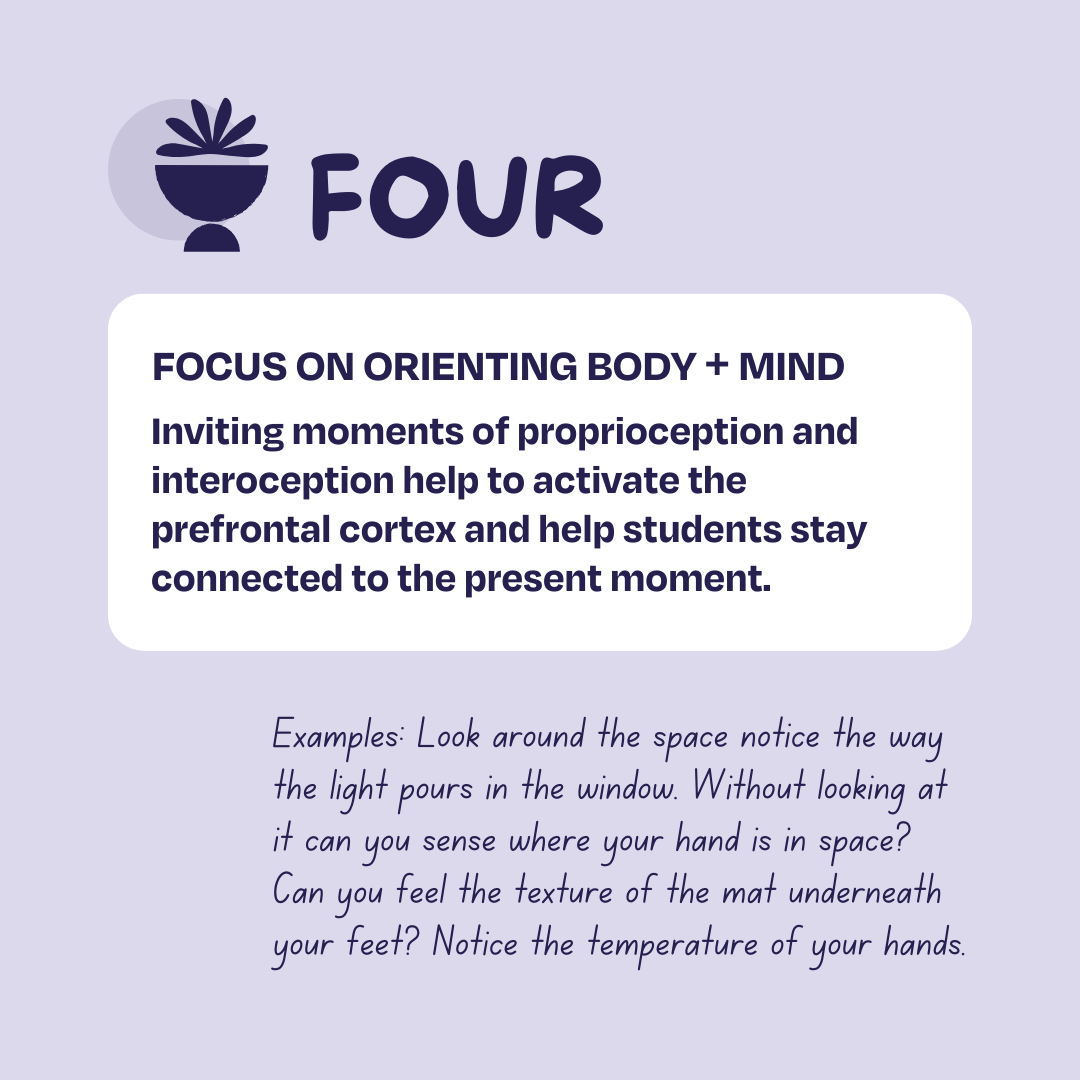
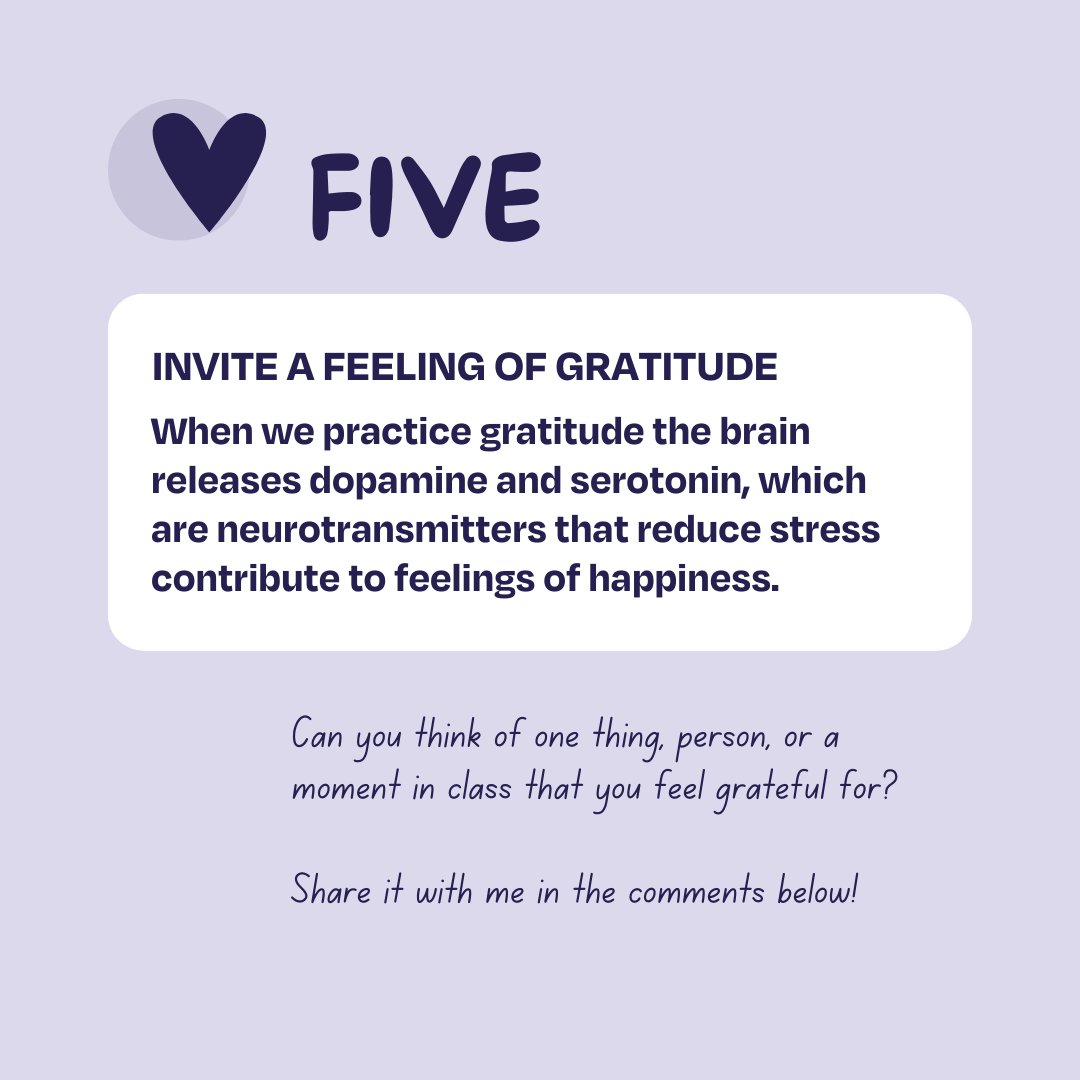
1. Let Students Know What to Expect:
At the start of class, give an explanation of how things work to build trust and minimize feelings of uncertainty.
You might say something along the lines of: “We’re going to begin seated with a short breathing exercise, then we’ll begin moving slowly on our mats and eventually come to stand to try some more challenging postures, we’ll wind down back toward the mat, I’ll dim the lights, and we’ll end with a 5 minute guided meditation on our backs.”
2. Encourage A Sense of Agency
Explain that everything is optional, there is no hierarchy of postures or goal to achieve, and the focus is on everyone making choices that are best for themselves.
Trauma-Informed Yoga is all about deepening one’s connection with self, building resilience, encouraging a sense of autonomy, and practicing tools for self regulation.
3. Use Invitational Language and Give Options
This reinforces the idea that everything is optional, and that students are empowered to make choices about their bodies.
Example: In a low lunge: “You can stay here with your hands on blocks, if you want to test your balance, you might try reaching your arms up overhead”
4. Focus on Orienting Body + Mind
Inviting moments of proprioception and interoception help to activate the prefrontal cortex and help students stay connected to the present moment.
Here are a few examples you can try:
Look around the space notice the way the light pours in the window.
Without looking at it can you sense where your hand is in space?
Can you feel the texture of the mat underneath your feet?
Notice the temperature of your hands.
5. Invite a Feeling of Gratitude
When we practice gratitude the brain releases dopamine and serotonin, which are neurotransmitters that reduce stress contribute to feelings of happiness.
Example: Can you think of one thing, person, or a moment in class that you feel grateful for?

